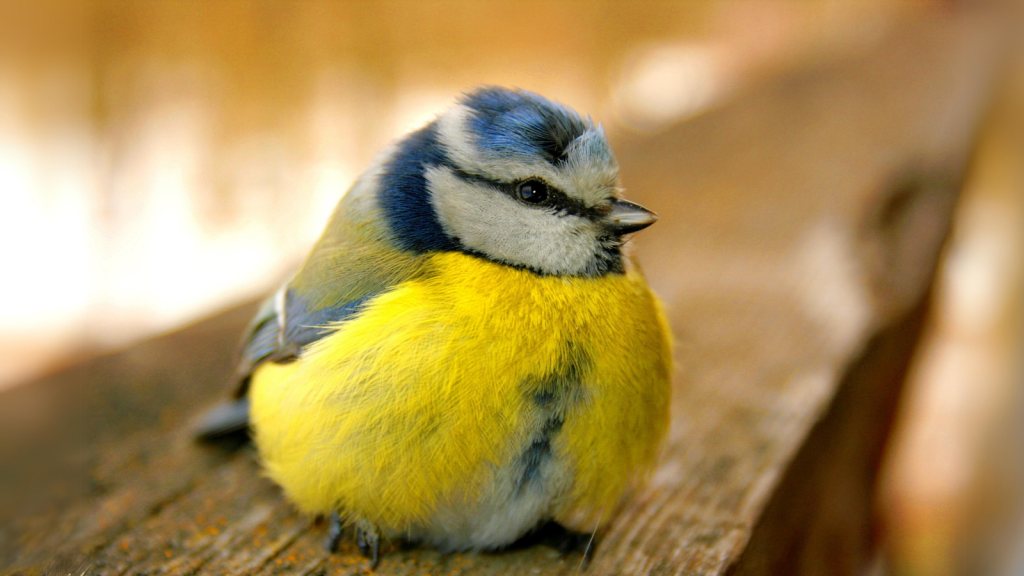The UK is home to an incredible variety of birdlife, and some of the most fascinating species are the tiniest ones. These small birds often go unnoticed due to their size, but they are full of character and their songs bring the countryside to life. From bold little wrens to the beautifully bright goldcrests, these birds are all important to our ecosystems, from gardens to woodlands. Their tiny size makes them agile, and they rely on swift movements and keen instincts to avoid predators. I’m lucky enough to live in the countryside and see many of these little feathered creatures on my daily dog walks, but there were some I discovered during my research that I’d never heard of.
1. Goldcrest
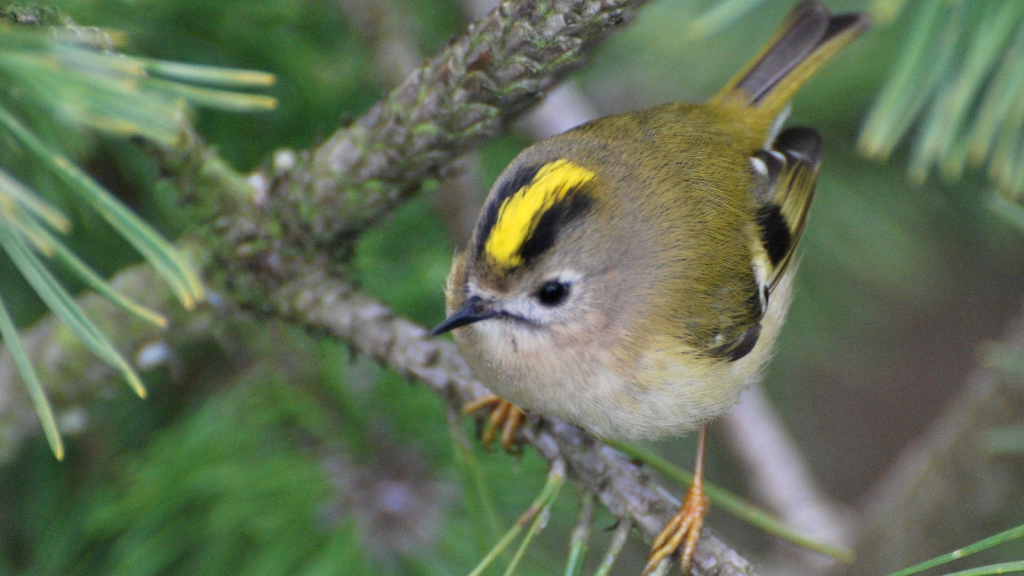
The goldcrest is the UK’s smallest bird, measuring just 9cm long and weighing as little as 5-6 grams. Despite its size, it’s easy to spot thanks to the bright yellow stripe on its head. These tiny birds are often found flitting through conifer trees, where they hunt for insects with impressive speed and precision. Their high-pitched song is another way to identify them, though it’s often too sharp for older ears to hear.
2. Firecrest
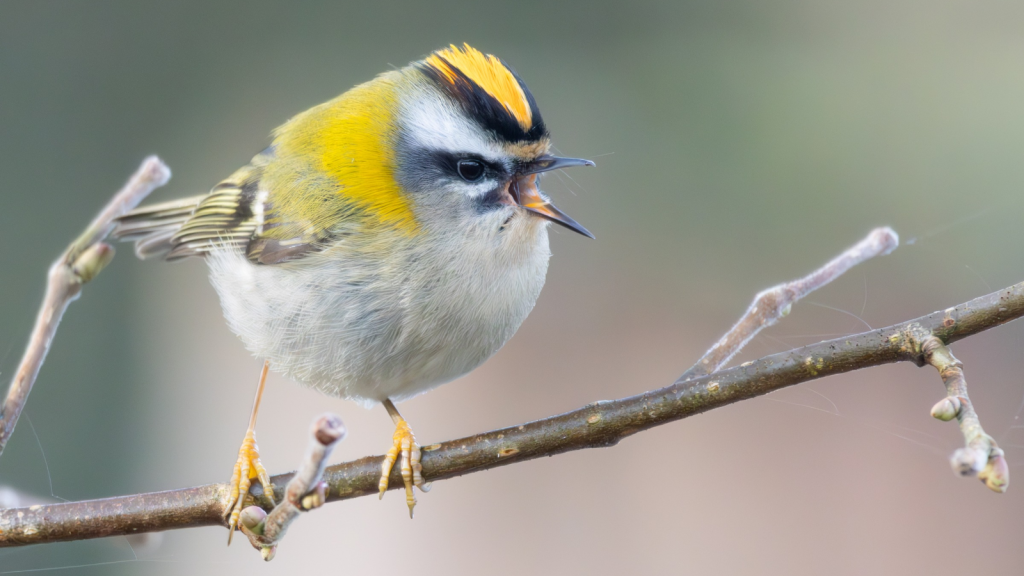
Closely related to the goldcrest, the firecrest is almost identical in size but boasts a striking orange crest that stands out even more. These birds are a bit rarer, often sticking to woodlands and dense shrubbery. They’re incredibly active, constantly hopping and hovering as they search for food. Their energy levels seem limitless, especially when you consider how little they weigh!
3. Wren
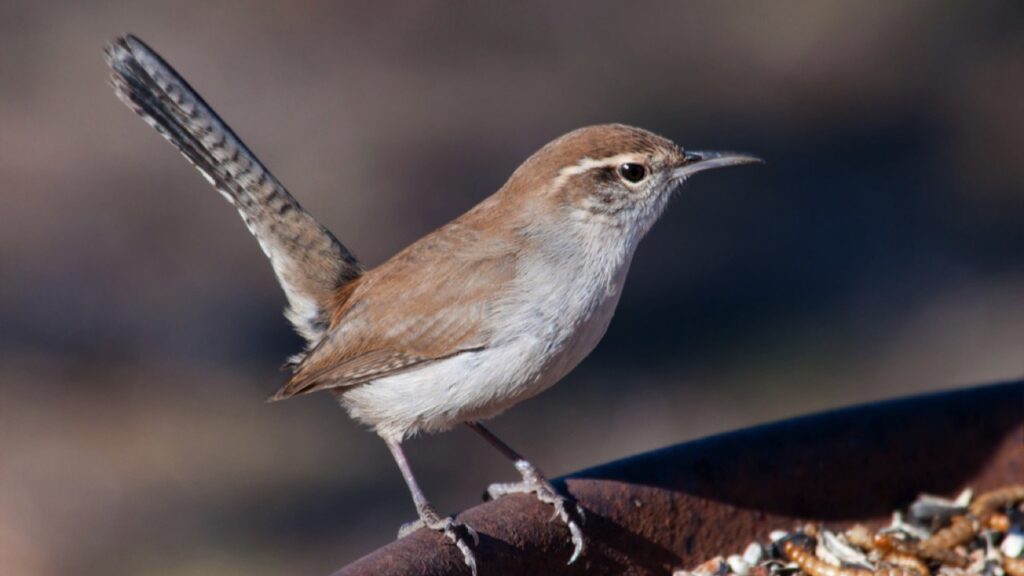
At just 10cm long, the wren is one of the most common tiny birds in the UK. Its round body and upright tail make it easily recognisable as it darts through undergrowth and hedgerows. Wrens are known for their loud, complex songs, which seem far too powerful for such a small bird. They are year-round residents, often spotted hopping about in gardens and woodlands alike.
4. Blue Tit
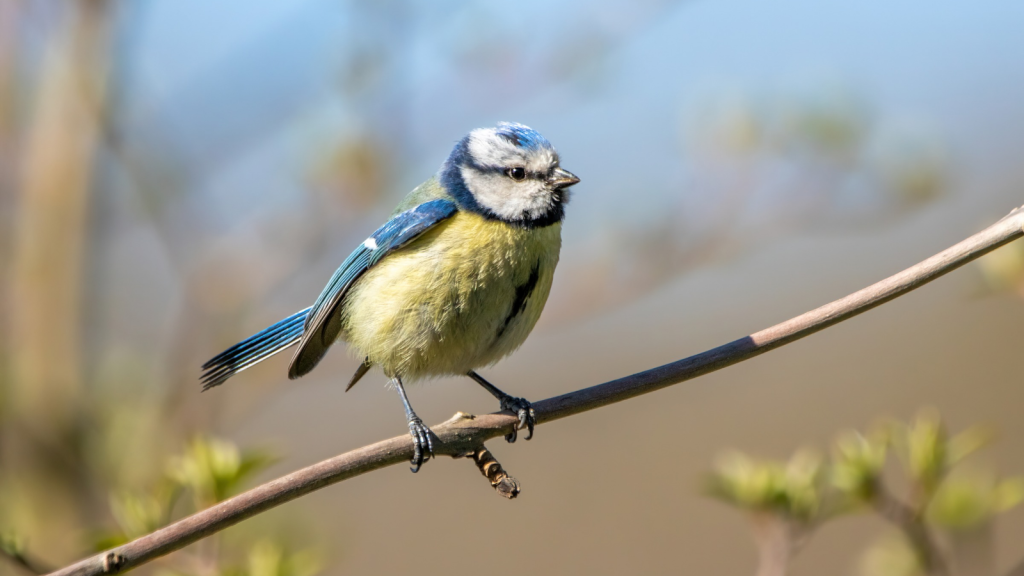
Measuring about 12cm, the blue tit is a colourful addition to the UK’s smallest birds. Their vibrant blue and yellow feathers brighten up any garden, especially in the colder months when food is scarce. These birds are quick learners, and they have been known to work out how to open milk bottles left on doorsteps!
5. Coal Tit
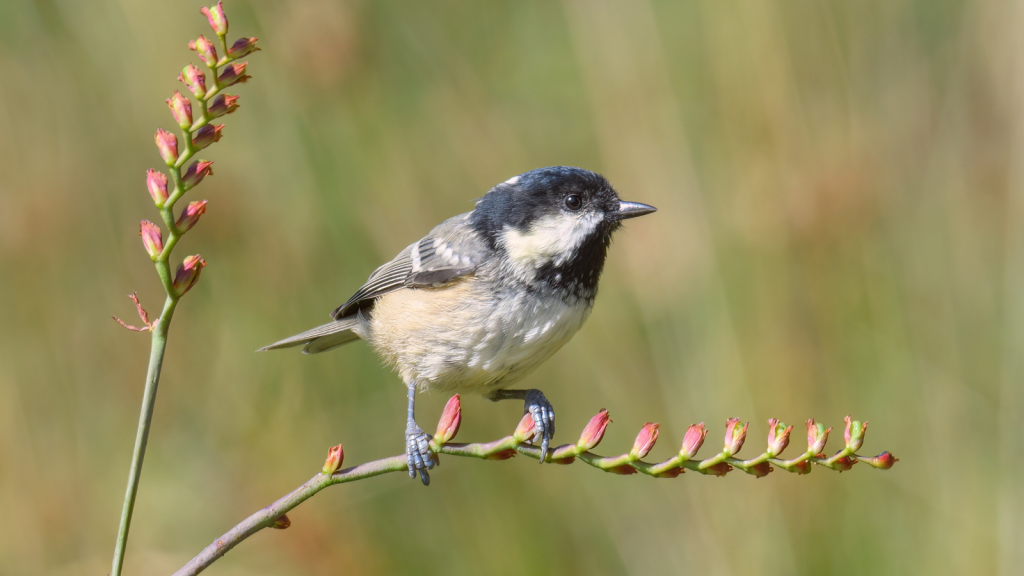
The coal tit is slightly smaller than its blue cousin, standing at around 11cm. With a black cap and white cheeks, it’s easy to tell them apart. These birds are often seen flitting through conifers or visiting bird feeders. They are particularly good at storing food for later, hiding seeds in cracks and crevices to retrieve during the winter months.
6. Long-Tailed Tit
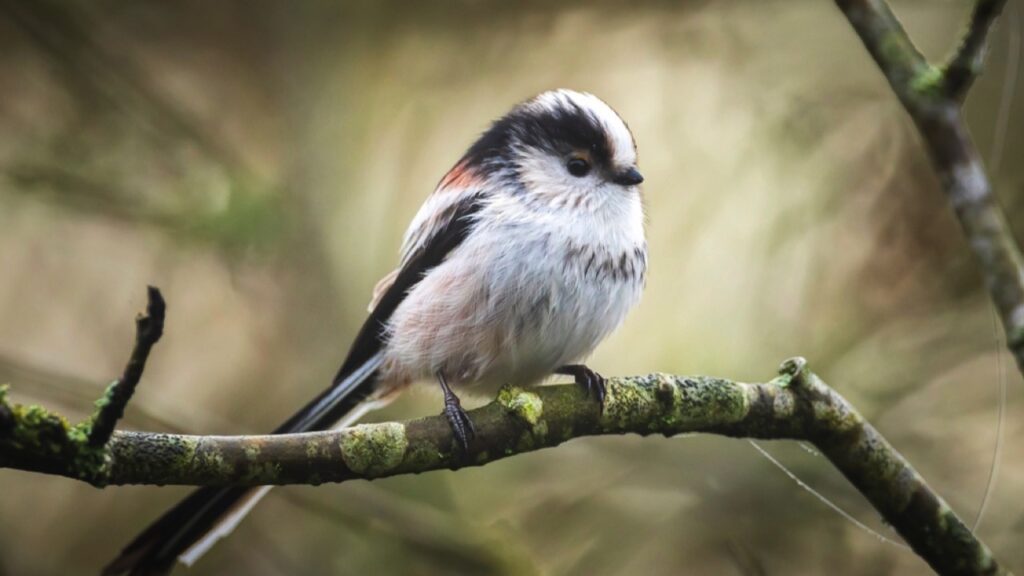
Though their bodies are tiny, long-tailed tits are easily recognised by their long, thin tails that can double their overall length. At just 14cm, they are light and fluffy, often travelling in small, noisy flocks through woodlands. Their nests are equally remarkable, made from spider silk and feathers, creating a warm, stretchy home for their young.
7. Treecreeper
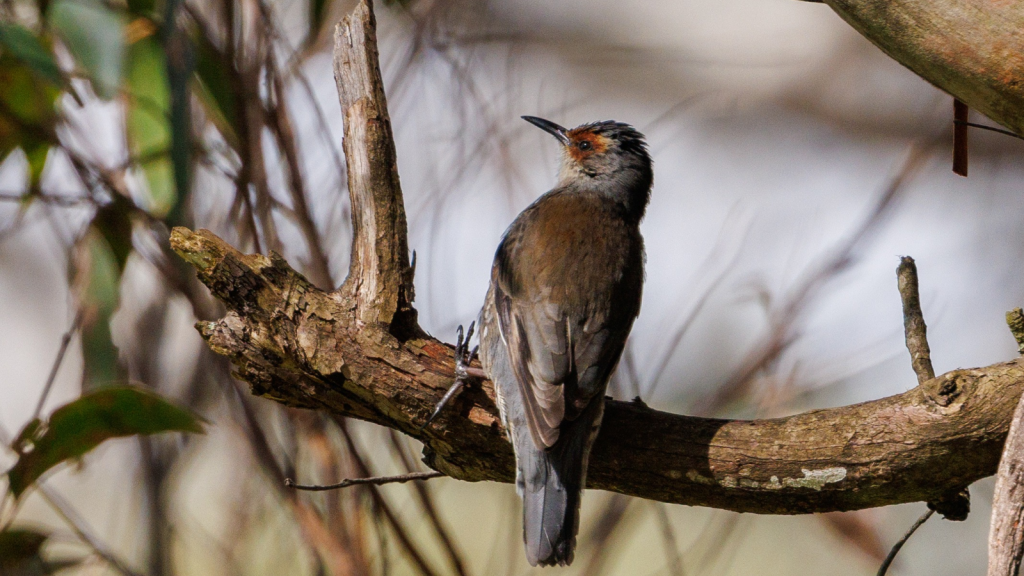
Measuring about 12.5cm, the treecreeper is a small, camouflaged bird that lives up to its name by creeping up tree trunks in search of insects. With its curved bill, it’s perfectly adapted for digging out food from bark crevices. These birds are easy to miss, blending into the bark, but their methodical movements up tree trunks are a giveaway.
8. Goldfinch

While slightly bigger than some of the others on this list at around 12cm, the goldfinch is still a small bird with striking colours. Its bright red face and black-and-yellow wings make it unmistakable. Often found in gardens and parks, goldfinches feed on seeds, particularly from thistles, and their sweet, tinkling song is a common sound in the countryside.
9. Chiffchaff
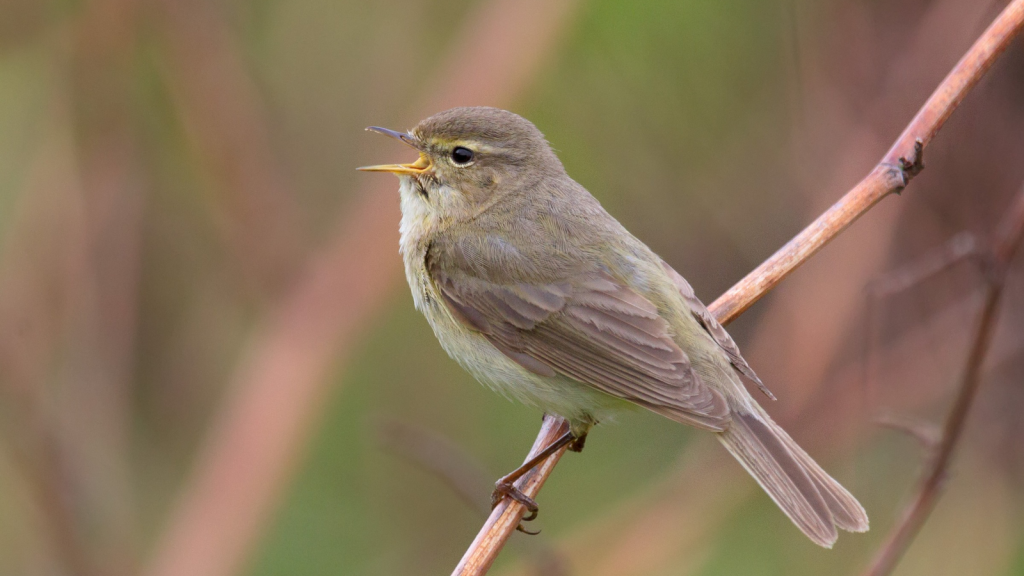
The chiffchaff is a tiny, olive-green bird, measuring around 10cm in length. They get their name from their distinctive, repetitive song, which sounds like their name being called over and over. Chiffchaffs are migratory birds, spending winters in warmer climates, but you’ll hear their call throughout the spring and summer as they dart between trees looking for insects.
10. Willow Warbler
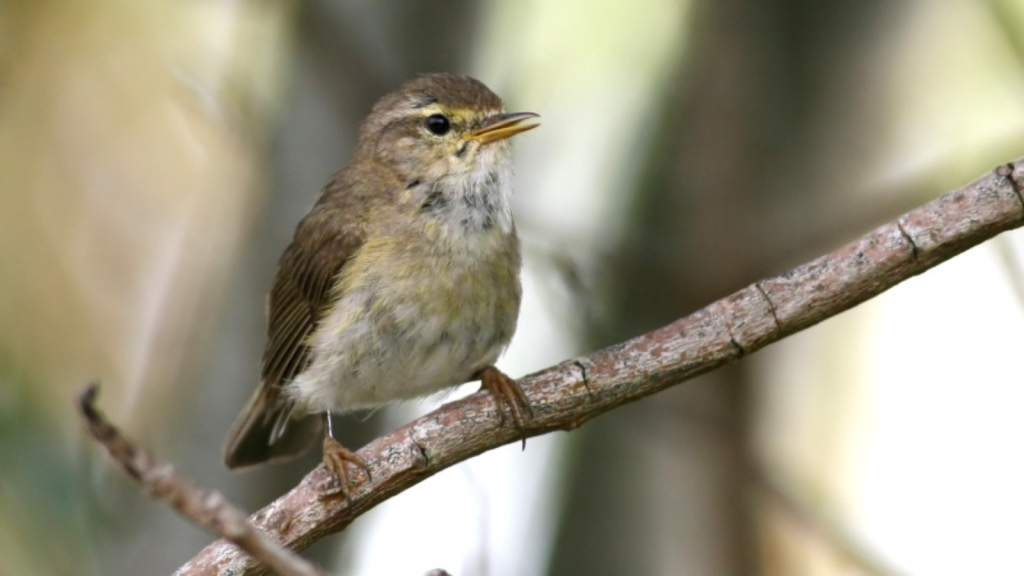
The willow warbler is another small bird, very similar to the chiffchaff, but a little lighter in colour and with a slightly sweeter song. At 11cm long, they’re delicate birds that spend their summers in the UK before migrating south for the winter. They prefer woodlands and wetlands and are always on the move, flitting between branches in search of food.
11. Lesser Redpoll
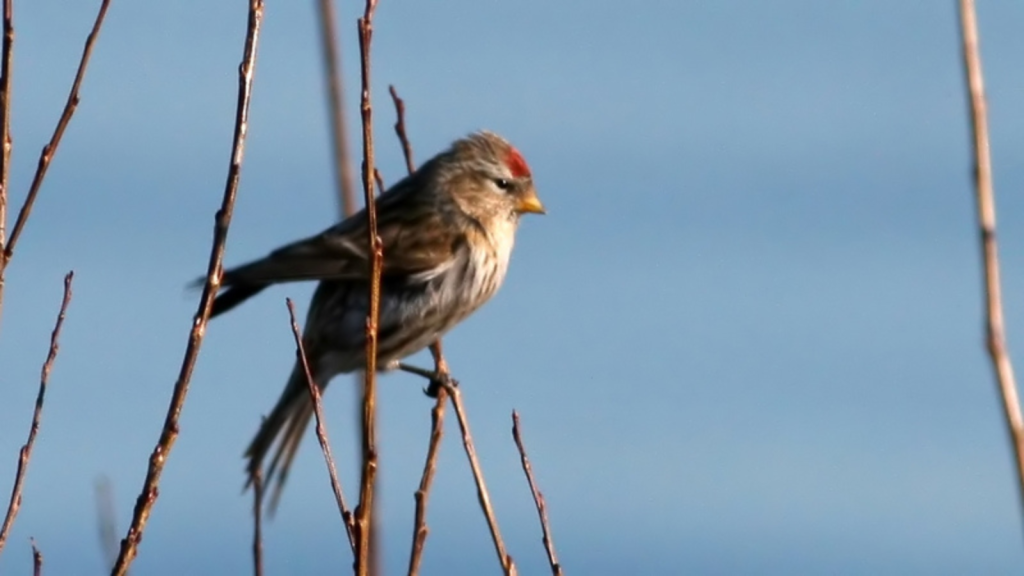
At around 12cm, the lesser redpoll is a tiny finch that often goes unnoticed. It has a subtle streaky brown body, but its bright red forehead is a distinguishing feature. These birds are mainly found in woodlands and heathlands, where they feed on seeds. They are often seen in flocks during the winter months, chattering away as they feed.
12. Siskin
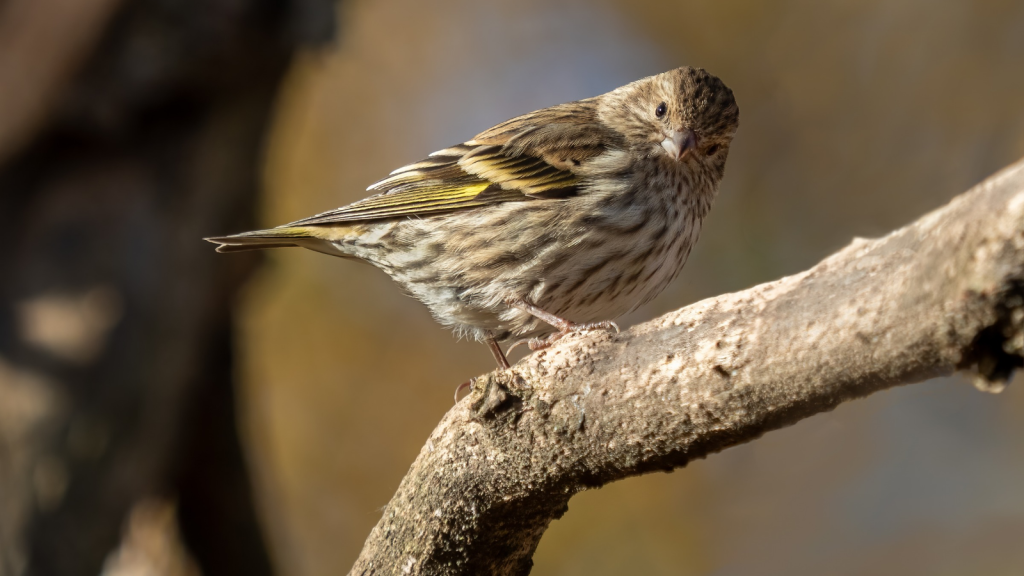
The siskin is another small finch, measuring around 12cm in length. With its greenish-yellow plumage and black crown, it’s a bird that’s easy to spot in coniferous woodlands. Siskins are agile feeders, often hanging upside down from branches to get at seeds. They’re also regular visitors to garden feeders, especially in the colder months.
13. Spotted Flycatcher
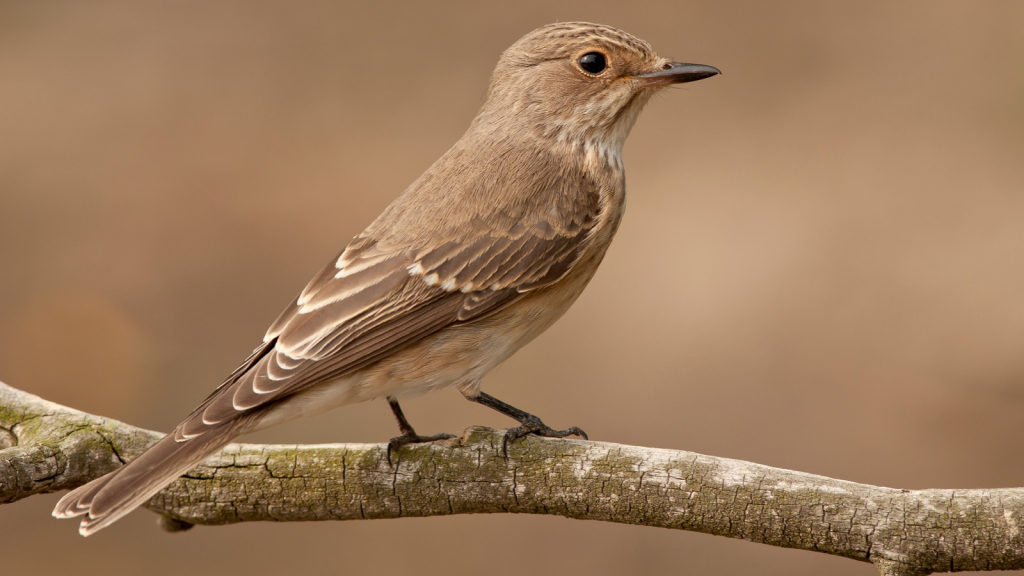
At 14cm, the spotted flycatcher is a bit larger than some on this list but still counts as one of the UK’s smaller birds. They have a fairly plain brown appearance but make up for it with their impressive hunting skills. As their name suggests, they catch flies mid-air with incredible agility, often returning to the same perch over and over.
14. Marsh Tit
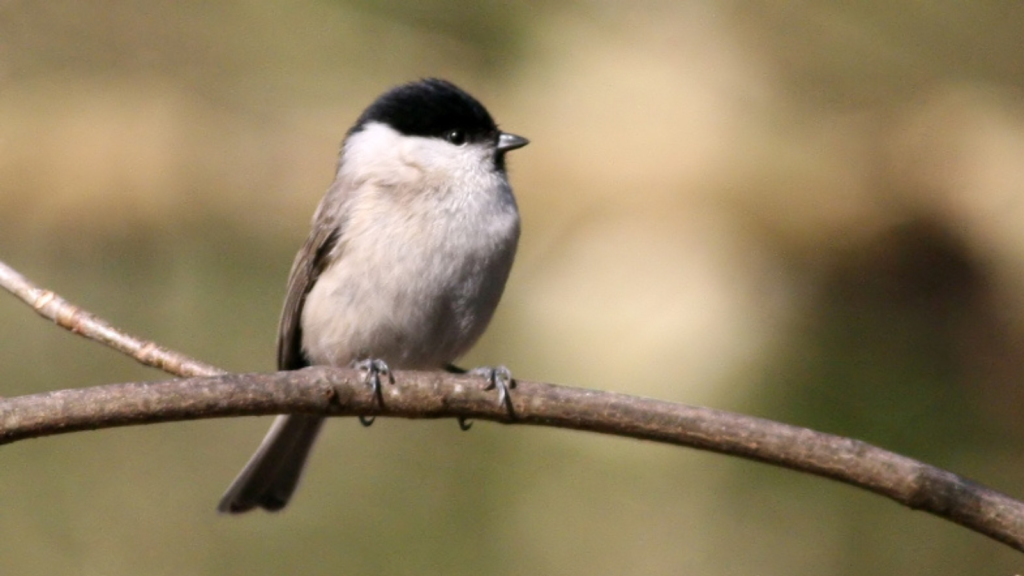
The marsh tit is a small, sleek bird, measuring about 12cm. It’s often confused with the willow tit, but marsh tits are slightly more common in the UK. They prefer woodland habitats, where they forage for insects and seeds. Their quiet, repetitive call often gives away their presence before you see them.
15. Dunnock
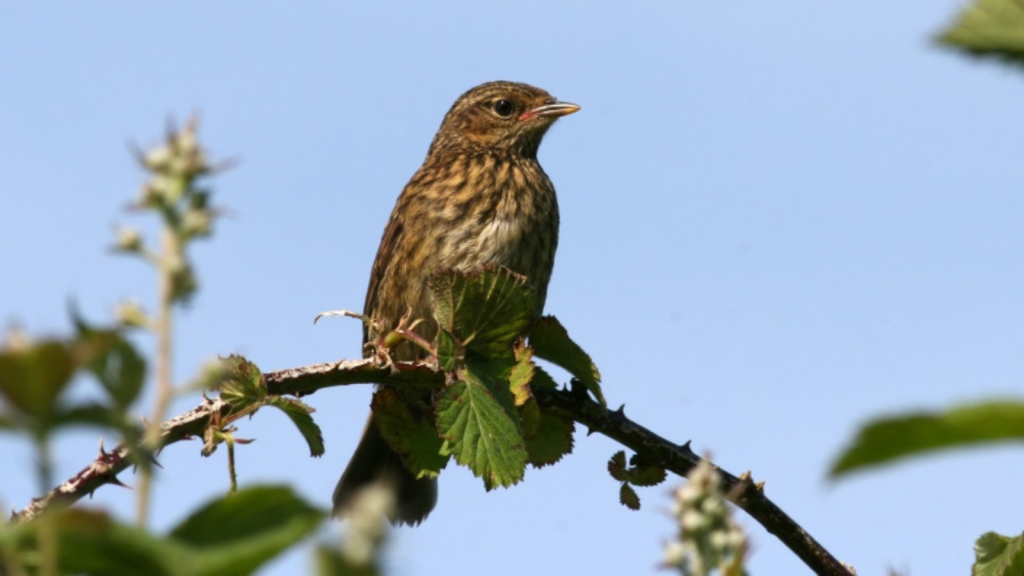
Often mistaken for a sparrow, the dunnock is a small, unobtrusive bird measuring around 14cm. Its greyish-brown feathers help it blend into the background, but it’s a frequent visitor to gardens and parks. Dunnocks have a quiet, thin song and spend much of their time foraging close to the ground, searching for insects and seeds.

